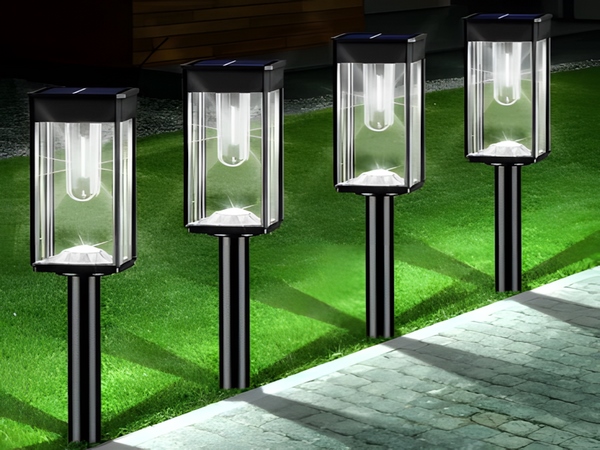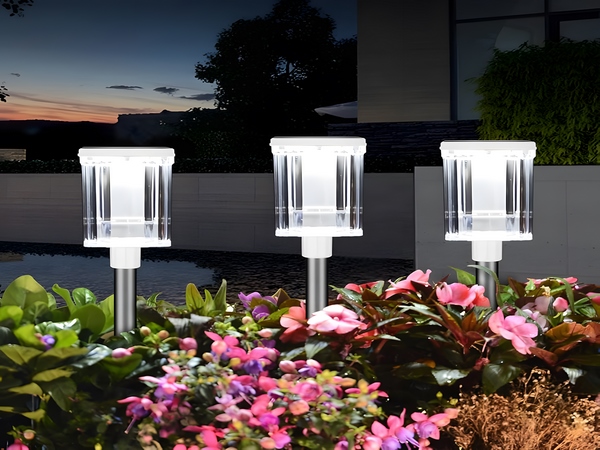
As a sustainable and renewable energy source, the prospects of solar energy are very attractive. Wherever sunlight reaches, this energy can be utilized. In our daily lives, aside from solar water heaters, we encounter solar street lights the most, along with some emergency road signs and buoys. So how can common faults in solar street lights be resolved? Here is an introduction to this topic.
1. Whole lamp not lighting
The entire lamp not lighting usually has four main causes. One common issue is water entering the control unit inside the lamp post, causing a short circuit. First, check if there are any signs of water or rusting at the control unit’s connection terminals.
If this condition exists, it’s highly likely that water has entered and damaged the control unit. You can further use a multimeter to measure the resistance across the circuit. If the resistance is too low, it indicates a short circuit, and at this point, you will need to replace the control unit.

If the control unit isn’t damaged and short-circuited, check if there is a problem with the battery. You can measure the battery voltage; if the battery doesn’t hold a charge, it will naturally need to be replaced.

If the battery is functioning well, further investigate whether the solar panel is malfunctioning. Under normal operating conditions, check for voltage and current output. If there is none, the solar panel needs to be replaced.
If none of the above issues are present, it is likely that there is a problem with the light source itself. After supplying power to the LED light source, check if it lights up normally; if not, it should be replaced promptly.
2. Flickering light source
The causes for this phenomenon are also diverse. First, try replacing the lamp fixture. If the problem persists after changing, it may be due to issues with the wiring. Check if the wire connections are secure, and address any issues promptly.
3. Short lighting time
After using the solar street light for a while, even if it has received adequate sunlight, it may exhibit a short lighting time during overcast weather, indicating that the battery may have a problem. Its energy storage capacity may have decreased, leading to insufficient charging. Replacing it with a compatible battery should resolve the issue, ensuring the parameters match appropriately.
4. Lamp head remains lit after installation
Some may encounter the issue of the solar street light staying on after installation. First, check if the positive and negative terminals of the solar panel are connected correctly. If connected in reverse, correct them promptly. You can then measure the voltage of the solar panel with a multimeter; if the voltage reading is too low, it indicates a potential quality issue with the solar panel, which should be replaced.
5. Not all lamp beads are lit
If there are poor soldering connections during the manufacturing process of the light source, it can easily lead to this situation. Replacing the faulty lamp beads and ensuring they are soldered securely should solve the problem. If all connections are solid, it is likely that the quality of the light source itself is an issue, necessitating the replacement of the entire lamp head.
The above solutions for common faults in solar street lights have been shared here. Solar street lights are easy to install and can be set up independently, unlike other street lights which may require more complicated installation, thus saving on installation costs.



